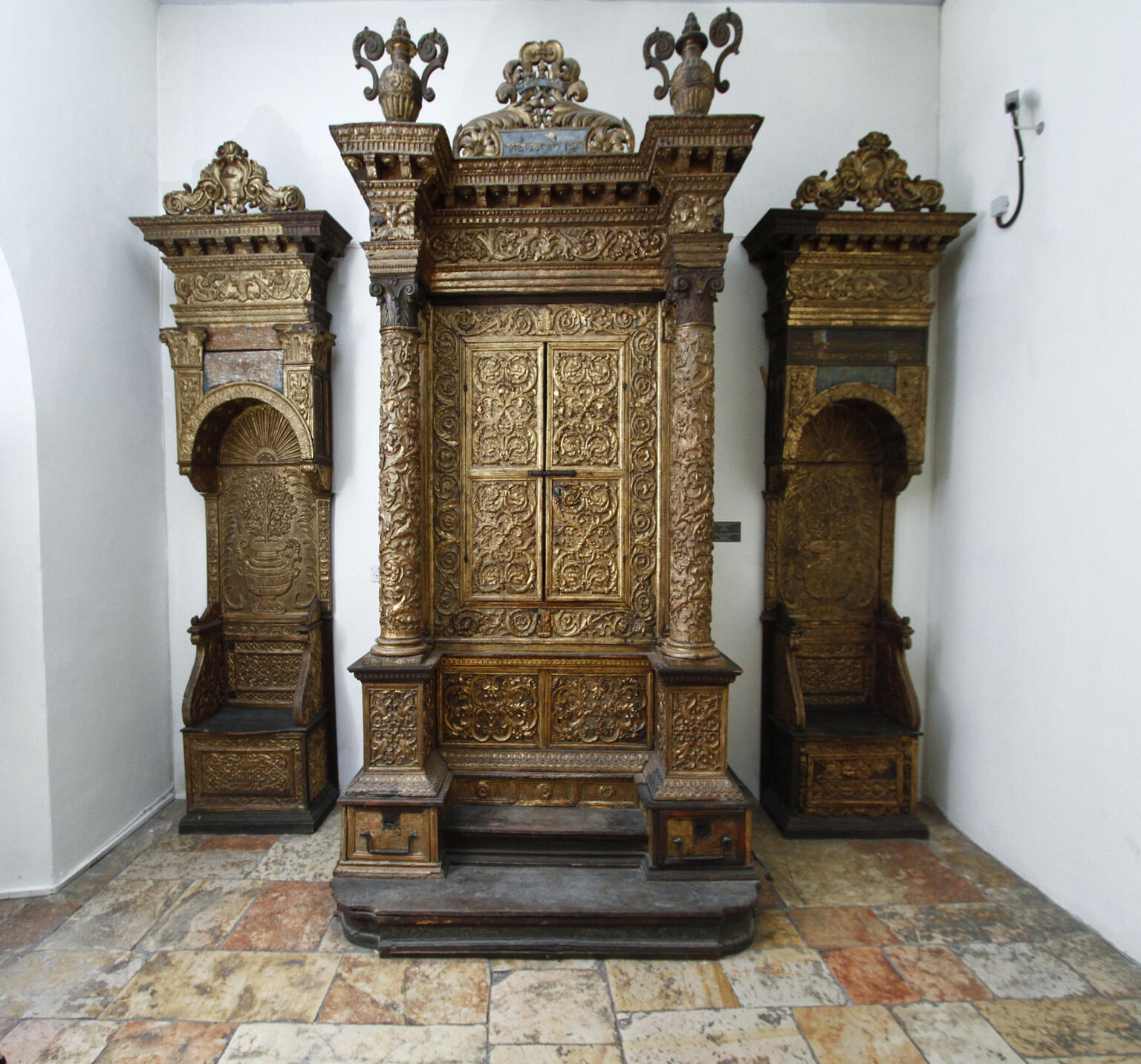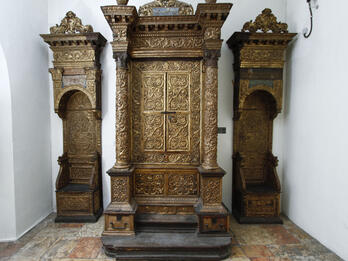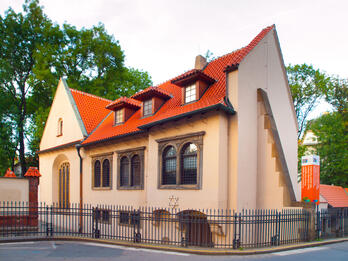Takkanah (Regulation): On Rabbinic Ordination
So that the truth may not be lacking, the honorable small committee, may God preserve it, considered it their duty to inscribe in a book that which was not written regarding the ordination of his honor, our teacher and rabbi Tsemaḥ Kohen-Tsedek Porto, may the Merciful One preserve him, how the events unfolded, what exactly happened, and thereby to clarify them at this stage.
The fact is that the following agreement was presented before the honorable small committee, may God preserve it, on January 1, 5357, when it was written: the men of the committee, may God preserve it, cannot ordain any person as a moreh tsedek [righteous teacher], that is to say, to be called rabbi, if a majority of the exalted teachers of Mantua and a majority of the exalted honorable small committee, may God preserve it, do not agree with regard to him. Before they agreed to ordain the aforementioned exalted Kohen-Tsedek, may God preserve him, their honors, the honorable small committee, carefully examined the old ordination mentioned above, and resolved that in their opinion they could ordain his honor Kohen-Tsedek only with the ordination of the aforementioned gaon, del Vecchio, may the Merciful One preserve him. They do not oppose that old ordination, as it is well known that this gaon, del Vecchio, is considered like a majority, for he is greater than others in wisdom and in his number of students [see b. Berakhot 17b], and he is the head of a yeshiva, and a rabbi of the community, may God preserve it. Therefore, it is proper to rely upon him when there is no decision.
Nevertheless, the truth is that in the best manner they also resolved and decided at that point to rescind temporarily the old ordination, and they also nullified any matter that might prevent them ordaining his honor, the righteous teacher, may God preserve him. However, at the same time they also clarified that from now onward nothing shall infringe upon the old ordination, but it shall remain valid and in full force.
Since all of this should have being written in the agreement but was not written down, they have now ordered me to write all the above afresh. Their opinion then was as their opinion is now, and they have approved and ratified all of the above. This all occurred on the night of October 26, 5358, with the agreement and in the presence of the honorable small committee, may God preserve it, and it was all achieved by an election [ellutazzione] and all of the ballots stated “yes.”
Solomon Formiggini.
Credits
Published in: The Posen Library of Jewish Culture and Civilization, vol. 5.






